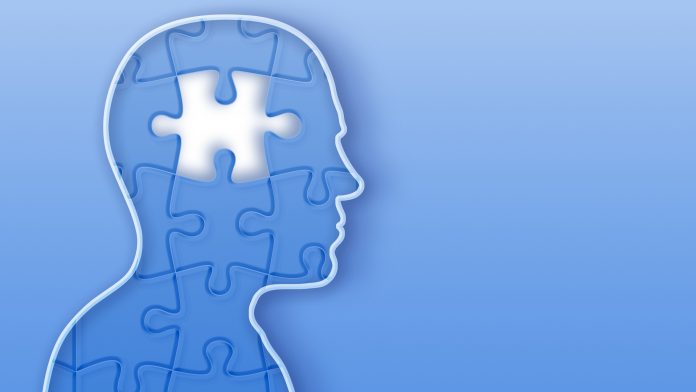
A new study demonstrating the reversal of memory loss in mice could lead to preventative treatments for age-related memory loss.
Researchers at the University of Cambridge and the University of Leeds set out to investigate whether manipulating components within the brain could restore neuroplasticity and reduce or eliminate age-related memory deficits. They discovered that changes in the extracellular matrix of the brain – ‘scaffolding’ around nerve cells – led to memory loss with ageing, but that it is possible to reverse these using genetic treatments.
The study has been published in Molecular Psychiatry.
The role of PNNs
In recent investigations, scientists have highlighted the role of perineuronal nets (PNNs) in neuroplasticity – the brain’s ability to learn and adapt – and to make memories. PNNs are cartilage-like structures, mostly surrounding inhibitory neurons in the brain, that control the level of plasticity in the brain. The structures typically show in humans at the age of five and turn off the period of enhanced plasticity during which the connections in the brain are optimised. Then, plasticity is partially turned off, making the brain more efficient but less plastic.
PNNs contain compounds known as chondroitin sulphates. Some of these, such as chondroitin 4-sulphate, inhibit the action of the networks, impeding neuroplasticity; others, such as chondroitin 6-sulphate, promote neuroplasticity. The balance of these compounds alters as we age and as levels of chondroitin 6-sulphate decrease, so our ability to learn and form new memories changes, leading to age-related memory decline.
The scientists from Cambridge and Leeds conducted the study to determine whether controlling the chondroitin sulphate composition of the PNNs could lead to restored neuroplasticity and therefore alleviate age-related memory deficits. Using 20-month-old mice (considered very old), scientists carried out a suite of tests to show that the mice exhibited deficits in their memory compared to six-month-old mice.
Restoring memory in older mice
Researchers then treated the ageing mice using a ‘viral vector’ – a virus capable of reconstituting the amount of 6-sulphate chondroitin sulphates to the PNNs – and found that this completely restored memory in the older mice, to a level similar to that seen in the younger mice.
Dr Jessica Kwok, from the School of Biomedical Sciences at the University of Leeds, said: “We saw remarkable results when we treated the ageing mice with this treatment. The memory and ability to learn were restored to levels they would not have seen since they were much younger.”
To explore the role of chondroitin 6-sulphate in memory loss, the researchers bred mice that had been genetically-manipulated to only produce low levels of the compound to mimic the changes of ageing. Even at 11 weeks, these mice showed signs of premature memory loss. However, increasing levels of chondroitin 6-sulphate using the viral vector restored their memory and plasticity to levels similar to healthy mice.
Professor James Fawcett, from the John van Geest Centre for Brain Repair at the University of Cambridge, said: “What is exciting about this is that, although our study was only in mice, the same mechanism should operate in humans – the molecules and structures in the human brain are the same as those in rodents. This suggests that it may be possible to prevent humans from developing memory loss in old age.”
Potential to alleviate memory loss in Alzheimer’s
The team have already identified a potential drug, licensed for human use, that can be taken by mouth and inhibits the formation of PNNs. When this compound is given to mice and rats, it can restore memory in ageing and also improve recovery in spinal cord injury. The researchers are investigating whether it might help alleviate memory loss in animal models of Alzheimer’s disease.
The approach taken by Professor Fawcett’s team – using viral vectors to deliver the treatment – is increasingly being used to treat human neurological conditions. A second team at the Centre recently published research showing their use for repairing damage caused by glaucoma and dementia.
























